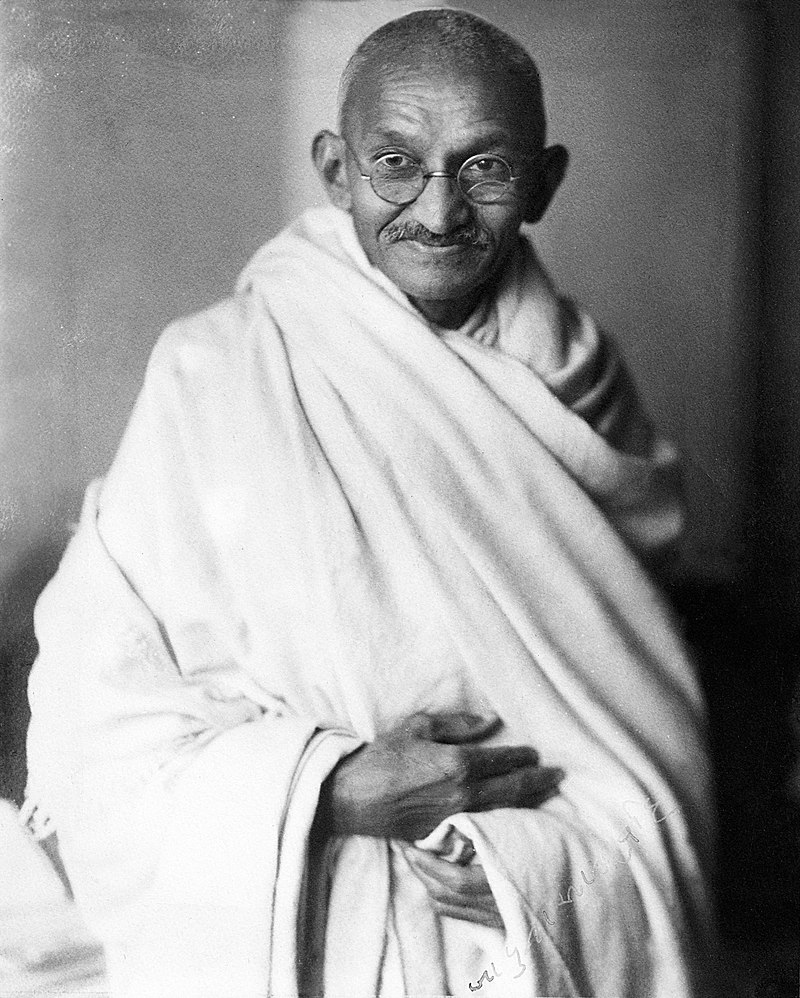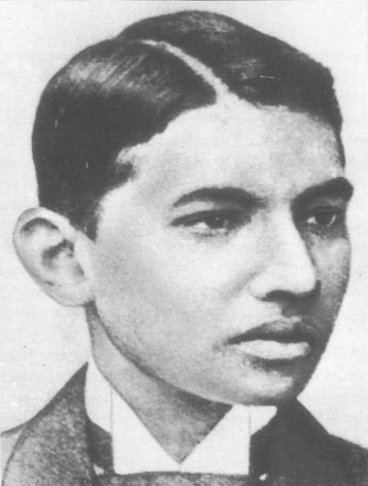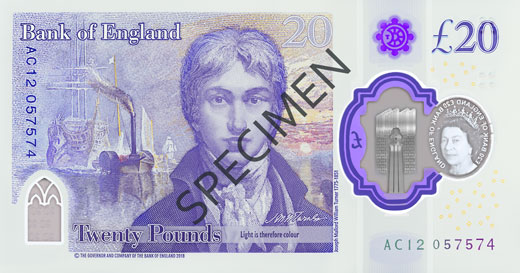Posts by Rachel
Could there be a Mahatma Gandhi coin coming soon?
*2020 Update*
It has been confirmed that the first figure to be considered in a new series of UK coins that will recognise and celebrate BAME figures on UK currency will be Mahatma Gandhi.
This news comes after Chancellor Rishi Sunak stated he was considering proposals from a campaign group. He has since asked the Royal Mint to come up with new designs honouring BAME figures who have served the nation – such as military figures and nurses.
A ‘Banknotes of Colour’ campaign is currently being led by former Conservative parliamentary candidate, Zehra Zaidi in efforts to see the better representation of non-white peoples on British currency.
Sajid Javid, Chancellor of the Exchequer has “asked the team at the Royal Mint to bring forward proposals for a new, commemorative coin of Gandhi.”
The news was revealed last week at the annual GG2 Leadership Awards event, which fell on the 150th birthday of Gandhi – a very fitting time for the announcement to be made.

Credit: Elliott & Fry , Public domain, via Wikimedia Commons
Gandhi is most well known for leading the successful campaign for India’s independence, using nonviolent resistance which inspired human rights movements across the world.
However, he also has strong ties with London, having attended the University College of London law school in 1888.
Despite leaving for India after being called to the bar in 1891, he continued to return to London, right up until his final visit in 1931 where he attended a conference on the future of India.
If a coin were to be created to honour Gandhi, perhaps it would be issued in 2021 to celebrate the 90th anniversary of this final visit.

Credit: http://rena.wao.com/gandhi/jpg/MG26.jpg, Public domain, via Wikimedia Commons
Chancellor Sajid Javid said that “We must always remember the values he [Gandhi] lived his life by… Gandhi taught us that power doesn’t just come from wealth or high office.”
What do you think the design should be if a new coin were to be issued to commemorate Mahatma Gandhi? Let us know in the comments below!
If you’re interested in coin collecting, our Change Checker web app is completely free to use and allows users to:
– Find and identify the coins in their pocket
– Collect and track the coins they have
– Swap their spare coins with other Change Checkers

Sign up today at: www.changechecker.org/app
The new £20 note revealed!
The new design for the polymer £20 note has been officially revealed by the Bank of England and we can’t wait to start seeing it in our change next year!
The new £20 is coming on 20 February 2020.
— Bank of England (@bankofengland) October 10, 2019
Find out more: https://t.co/A23vZuf7Kg#TheNew20 pic.twitter.com/Lqyi0K2k4z
The design features JMW Turner, who was selected from the 29,701 nominations submitted by the public, making him the first British artist to feature on a UK banknote.
But what makes the new £20 note even more special is that is has been described by the Bank of England as the most secure note yet, with two windows and a two-colour foil which makes it difficult to counterfeit.
There are over 2 billion £20 notes in circulation, which makes the £20 note Britain’s most used (and also most forged) banknote.
Britain’s most secure banknote
Special features make the new polymer £20 note more secure, harder to forge and help it to stand out from other notes in circulation:
- Hologram – the word changes between ‘Twenty’ and ‘Pounds’ when tilted
- See-through windows – the foil on the front is blue and gold and the foil on the back is silver. There is also a second, smaller window in the bottom corner
- Raised dots – there are clusters of raised dots in the top left corner to help visually impaired people identify the note
- Ultra-violet number – under ultra-violet light the number ’20’ appears in red and green
- Purple foil patch – a round purple foil patch contains the letter ‘T’
- Historical character – JMW Turner’s self-portrait circa 1799 can also be seen on display in the Tate Britain
- Quote – “Light therefore is colour”
- The Queen’s portrait – printed on the back with “£20 Bank of England” printed twice around the edge
The Design
The bank note will feature Turner’s 1799 self-portrait – an image that currently hangs in the Tate Modern.
In addition, the note also features one of his most recognisable works, The Fighting Temeraire – a tribute to the ship which played a big part in Nelson’s victory at the Battle of Trafalgar in 1805.
A final touch of Turner, the note also includes a quote from the artist, ‘light is therefore colour’ and the signature taken from his will.

Excitingly for collectors though, the new £20 note will be the first to feature the signature of Sarah John – the Bank’s new cashier. So keep an eye out for this when you get your first polymer £20 note!
When can we expect to start seeing the polymer £20 note?
The new £20 note is due to enter circulation on 20 February 2020.
Initially the note will be in circulation alongside the existing paper £20 notes, which will eventually be phased out as we have seen with the paper £5 and £10 notes in the past years.
We are also expecting the new £50 polymer bank note featuring mathematician and second world war codebreaker Alan Turing in 2021.
So, how excited are you about the new £20 polymer note? Let us know in the comments below!
f you’re interested in coin collecting, our Change Checker web app is completely free to use and allows users to:
– Find and identify the coins in their pocket
– Collect and track the coins they have
– Swap their spare coins with other Change Checkers

Sign up today at: www.changechecker.org/app
The journey of a 50p coin – from striking to your pocket
Have you ever considered how a 50p coin makes its way from The Royal Mint into your change?
As we approach the 50th anniversary of the 50p, it seems only fitting to take a look at the journey of the 50p coin – from striking to your pocket – and the many processes along the way, even before the coin leaves the factory.
Discover the 5 key steps in the journey below:

I’m sure you’ll agree that it’s fascinating to think, each time you find a 50p coin in your change, that coin has been through all of these steps its journey to your pocket.
Which 50p coins do you have in your collection and have you been able to complete the Definitive 50p Collecting Challenge? Let us know in the comments below.
Have you joined the Definitive 50p Collecting Challenge?

The race is on to find and collect the definitive 50ps in your change in time for the 50th anniversary of the 50p!
